Are you ready for a hurricane from an insurance stand-point? This is something you need to ask yourself, especially if you live on or near the coast. Being proactive will insure that if your property is damaged, you have done what you need to do to make sure your life is put back together properly after the storm. We don’t sell insurance here at Noble Public Adjusting Group, but we advocate for policyholders on a daily basis; and the worse news to have to tell anyone in the event of losing everything, is that they weren’t covered for their losses. We can fight to make sure that your insurance company pays you what they should after a loss, but preparation before hand definitely helps us win the fight!
This is a short list of things to help you get prepared (from the insurance prospective).
1.) Perform a home inventory.
Whether you do it yourself or hire a professional, it is of utmost importance that you know what you have before a storm hits. How many pairs of shoes? How many forks? How many electronic devices? How many antique-diamond Harry Winston rings that your grandmother left you, rugs, furniture, food, cash, baby gear, etc. etc. There are so many things of worth in your home that you don’t even think of, until long after it’s gone and you need it for the first time since the storm. There are tons of home inventory checklists on the internet, like this one, or you can simply make your own. There are also special softwares and Apps available to account for all of your belongings. The most important thing is to write it down or type it somewhere and store it in a safe place, where it won’t be destroyed in the storm. Take pictures, or video, or both to go with your list, if possible, and at least email the list to yourself, so that in the event of a catastrophe, you have it stored in cyber land, where it will be kept away from the devastation. This is great to do in preparation against any loss, including fires, flooding and more.
2.) Call your agent and have them email your policy asap.
“My policy?” You may ask. “I don’t understand that thing!”. We totally understand! It’s like reading medical or legal jargon with no expertise! Call your agent and get a digital copy right now, if you don’t already have one. Ask them if you have Hurricane coverage and how much the Hurricane Deductible is. Next ask them if you have flood coverage. If there’s still time, they should allow you to upgrade your policy.
If there’s not already a hurricane headed your way, Noble Public Adjusting Group offers a free policy review and consultation with absolutely no further obligation. It’s one of the best things you can get for free that may save you some serious money in the future. You can contact us and schedule a consultation (we work on Sundays too!), and we’ll sit down and go through your policy. We’ll go over your coverage, deductibles, and explain what “Actual Cost Value” and “Replacement Cost Value” are. We’ll tell you what you’re not covered for, that you may have thought was included, and if your policy covers “additional living expenses”, which would pay your cost of living, should you be displaced from your home. Deductibles for hurricane claims are usually different than a regular claim. Instead of being a flat rate of $500 or $1000, they are set in percentages. Usually hurricane deductibles are between 5% and 10%, which means if you have a 2 million dollar property and a 10% deductible, your insurance won’t even kick in unless there’s more than $200,000.01 worth of damage. So it’s extremely important to know what that number is for your property and if you are comfortable with it. We can help you sort out your policy and see where you currently stand. Then you can decide a if your policy is truly “storm-proof” and suitable to your needs. If not, you simply call your insurance company and change your policy.
Don’t know where your policy is? You need to call your insurance company right away and ask them to email it in it’s entirety, so that you always have an electronic copy that cannot be physically destroyed.
3.) Obtain a Pre-Loss Agreement from your Public Adjuster.
When a hurricane hits, there will be people flocking to the area to solicit business. This includes storm chasing construction companies, Public Adjusters, Independent Adjusters and more from all over the country. This can be a very confusing time for someone who has just lost it all. If you’re not prepared for the disaster, you’ll be running around searching for documents, wading through contractors wanting to rebuild your property, and shooing away people that could potentially help you. Having a Pre-Loss Agreement will clear the clutter.
A Pre-Loss Agreement is something that not a lot of companies offer. It’s a simple, organized way to have your ducks in a row, should a catastrophe strike. Noble will pre-sketch your property, so that there’s no “confusion” for the insurance company as to exactly how big or intricate your building is/was, take pictures and notes, and gain possession of documents that will be needed (like Blue-prints, additional photos, your property inventory (discussed in #1 of this list, insurance policy, and other information). These will be saved in a cloud based archive that will not be affected by the storm. The agreement means you’ll have your Public Adjuster on retainer if and when a storm hits, which will ensure that once your Public Adjuster is swamped with claims, you’ll already be in line to have your claim filed and taken care of. If indeed a hurricane comes and you have damaged property, all you have to do is notify us that you’ve experienced a loss and we take it from there! We can even help you choose an appropriate contractor, water and mold remediation company, and all of the other professionals that you’ll need to get your property back to normal. You just… breathe and make sure your family is safe and sound. Cost? A Pre-Storm Agreement costs you absolutely nothing. That’s correct, there is no fee for a Pre-Storm Agreement with Noble.
If there’s a storm already brewing off the coast of your beloved city, then it may be too late to perform all of your sketches and inventory, BUT it’s definitely not too late to review our Official Client Intake form, so that you can be ready to start your claim, when you know you’ve been hit.
4.) Start researching restoration professionals now.
This is the time to look up construction companies, mitigation companies, Public Adjusters, and attorneys that serve your area and go ahead and start reading through their online reviews and checking for credentials and accolades. You are likely going to need every professional listed, with hopefully the exception of an attorney. Make sure that the company you’re looking at has all of the appropriate licensing for your state and has substantial information online. You do not want to use a start-up company with zero reviews and zero web presence. Companies that only exist on a business card are hard to hold accountable and they disappear just as fast as they show up. Watch out for crooked storm chasers. Unfortunately there are bad apples that prey on storm victims. You must be vigilant. While there are always crooks, there are also storm chasing companies that are great and can help lighten the load on the local professionals. Almost all towns need the help of outside workers during a catastrophe. You must do your due diligence to find out if you are hiring a reputable company. Facebook and Google reviews are a great place to start. Click here and scroll down for a more specific list on how to find a good Public Adjuster to help you negotiate your claim.
5.) Prepare your home and family for the storm.
How does this apply to your insurance? Well, there are lots of things you can do to prepare your property and family that may help reduce damages. Thankfully hurricanes don’t just pop up without notice, like tornadoes do, which leaves us a little time to prep. for the storm. To find out how to prepare, click right here!
6.) Have a plan of action for after the storm to avoid mistakes in a time of panic.
Now that you know how to prepare for a hurricane from the insurance prospective, you need to know what to do AFTER one hits (from the insurance prospective). That’s a blog post in and of itself! Click here to see what to do after a hurricane from the insurance prospective.

